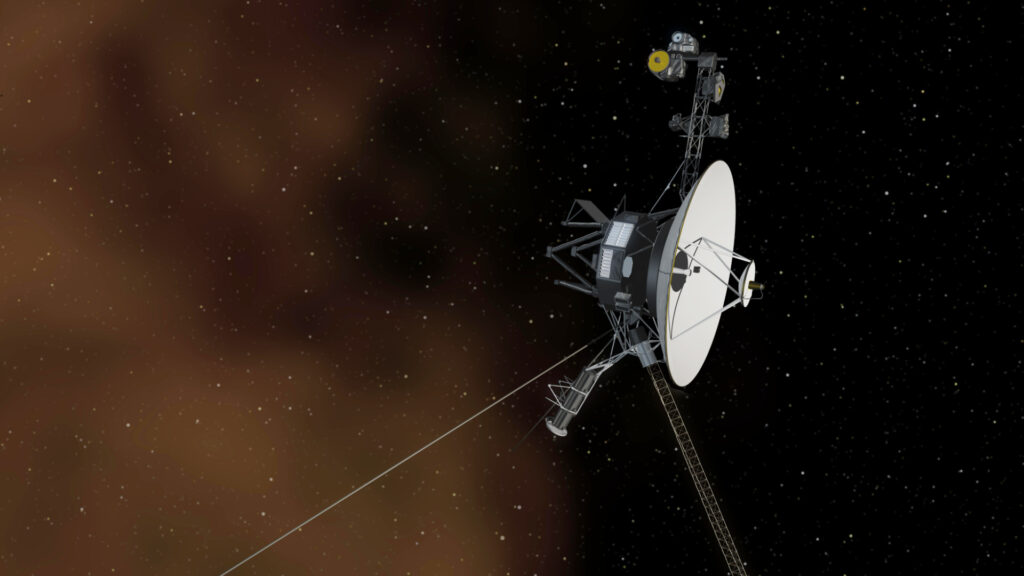NASA now seems to understand what is happening with the Voyager 1 probe, which is now moving beyond the Solar System. But corrective measures could take time.
The race to save Voyager 1 is on, but it will not be a sprint: it is rather a marathon that awaits the engineers of the American space agency. Indeed, according to a NASA progress update shared on April 4, it will likely take weeks — perhaps months — to restore the space probe to operation.
Traveling more than 24 billion km from Earth, a distance that the human mind struggles to comprehend, Voyager 1 is the farthest human object from Earth to date — and it is a device that is still in working condition. Steps. In fact, the machine is an exceptional “scout” for exploring an environment never measured on site: the interstellar medium.

However, Voyager 1 is an aging project. The probe left Earth in 1977 (47 years ago!). Its fuel reserves are inexorably depleting. Its scientific instruments, when they are not failing, are gradually being extinguished. And communications with the blue planet take more than twenty hours. Just to go.
It is in this particular context, outside the Solar System, that the probe suffered a software failure at the end of 2023. In the months that followed, NASA did not hide the worrying nature of the failure, referring to a “serious problem. » The radio signal received previously did not contain the slightest usable data.
Get actionable data again
But in mid-March 2024, hope resurfaced. The problem, involving the Flight Data Subsystem (or FDS, for ” flight data subsystem “), is linked to a small portion of corrupted memory in one of Voyager 1’s onboard computers. It is this segment which is the cause of the transmission of unusable data to Earth.
In this case, this computer brings together the scientific and technical data from the probe before the telemetric modulation unit and the radio transmitter send the data to Earth. NASA estimates put the total FDS memory affected by this corruption at 3% — which has the effect of hindering the proper functioning of the computer.
Corruption affecting 3% of memory
Is this repairable? It is obviously impossible to send a technician for an on-site intervention. NASA, however, believes that we can “ make the FDS operate normally without the unusable memory, which would allow Voyager 1 to resume sending back scientific and engineering data. »
As for what caused the FDS to go off the road, NASA is not sure of anything. A single chip responsible for storing part of the affected portion of memory could be at fault. This failure could come either from contact of the chip with an energetic particle… or, more simply, from the aging of the component.
Do you want to know everything about the mobility of tomorrow, from electric cars to e-bikes? Subscribe now to our Watt Else newsletter!
